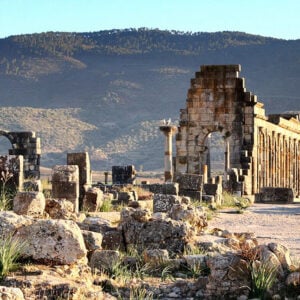The 47th session of the World Heritage Committee concluded in Paris with the inscription of 26 new cultural and natural sites to UNESCO’s World Heritage List. Additionally, two existing sites were extended, enabling the creation of transboundary natural parks. These additions bring the total number of World Heritage Sites to 1,248 across 170 countries and afford them the highest level of global protection.
This year’s session highlighted the crucial role of local communities in the protection and promotion of heritage sites. The inclusion of several new properties, including the Murujuga Aboriginal lands in Australia and four new African sites, reflected nominations that were initiated and supported by local populations alongside national authorities. These inscriptions reinforce the value of living and spiritual heritage.
Africa received special attention at the session, with UNESCO providing substantial support since 2020. Efforts included expert training, candidacy preparation, and over $34 million in safeguarding project funding. Four new African sites were added to the List, and three others—located in Madagascar, Egypt, and Libya—were removed from the List of World Heritage in Danger, reflecting successful restoration efforts.
The total number of African sites on the World Heritage List now stands at 112. For the first time, Guinea Bissau and Sierra Leone successfully submitted nominations, and by 2027, seven more African countries are expected to propose their first entries, expanding the list’s universality.
The Committee also approved the extension of an existing heritage site from South Africa into Mozambique, forming a transboundary natural park of nearly 4,000 km². This marks an important step in regional cooperation for environmental conservation.
A growing trend is the recognition of remembrance and atrocity sites. This year, Cambodia’s Memorial Sites associated with the Khmer Rouge regime were inscribed. These locations now serve as places of commemoration, education, and reflection, highlighting the role of heritage in reconciliation and peace-building.
Another notable focus was on prehistoric heritage. About one-third of this year’s inscribed sites are connected to early human history. Examples include Brazil’s Peruaçu River Canyon, France’s Megalithic structures in Carnac and Morbihan, and Korea’s Petroglyphs along the Bangucheon Stream. These inscriptions help preserve ancient knowledge and cultural practices, some of which are still alive today through indigenous traditions.
The next session of the World Heritage Committee will take place in the summer of 2026 in Busan, Republic of Korea.






